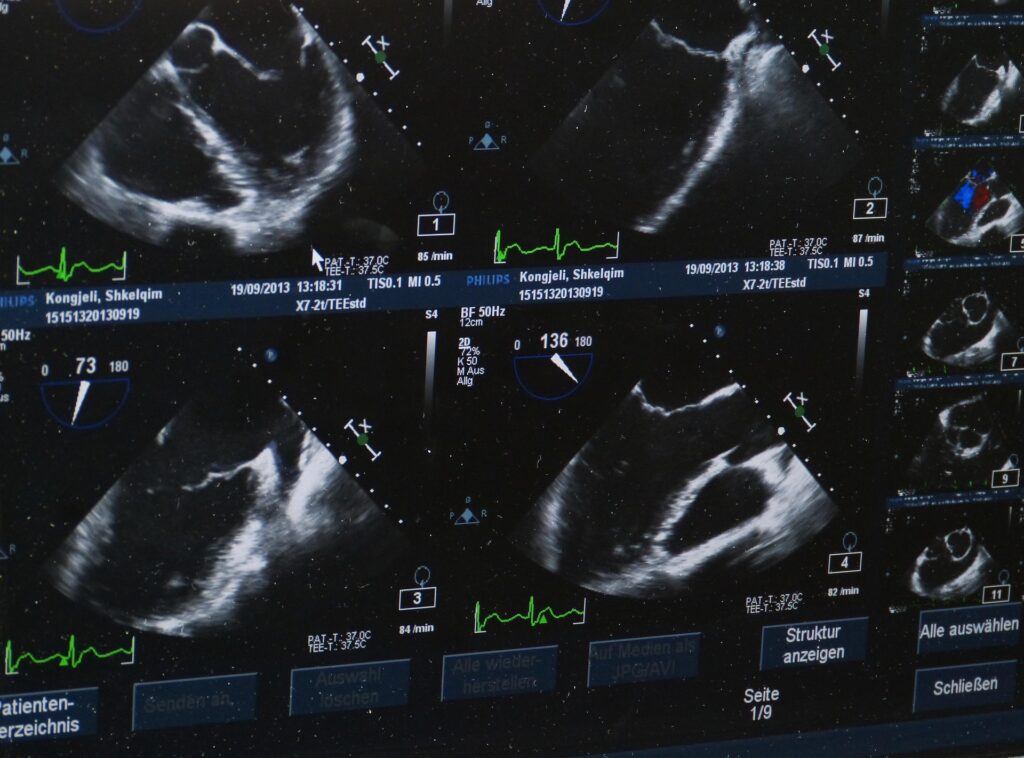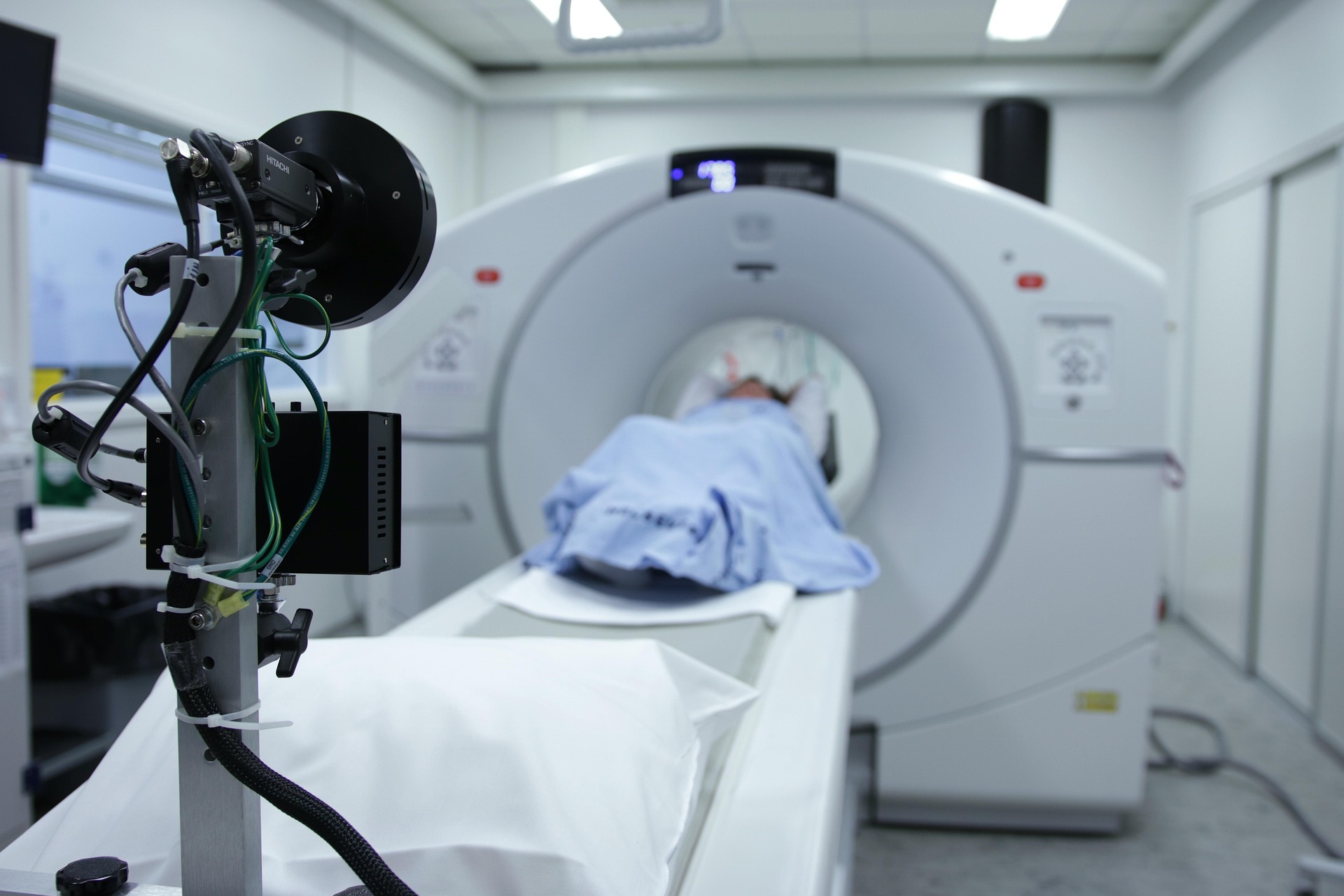Radiology

Do you know how important radiology tests play in detecting diseases and treating them? This blog post will give you detailed information about the different types of radiology tests and the diseases associated with them. We will discuss the importance of radiology examination (radiology parikshan), various techniques and their uses. Moreover, we will also understand some common diseases and the role of radiology in their diagnosis.
What is radiology?
This is the branch of medical science that uses a variety of imaging techniques to take pictures of the body’s internal organs and structures. These photographs are used by doctors to diagnose and treat diseases, injuries, and other health problems. Without medical imaging, many diseases can be difficult to detect at an early stage and treat effectively.
Major Tests:
There are many types of tests available to diagnose different types of diseases and conditions. Some of the key tests are as follows:
X-ray: This is the most common and basic radiology test. It involves passing X-rays through a specific part of the body, and recording their shadow on a detector. X-rays are particularly useful in detecting problems related to the bones, lungs, and abdomen, such as fractures, pneumonia, and bowel obstructions. What is x-ray (x-ray kya hai), it is a simple and painless procedure.

Ultrasound : This technique uses high-frequency sound waves to create live images of the body’s internal organs and tissues. Ultrasound is very useful in pregnancy for fetal examination, examination of abdominal organs (e.g. liver, kidney, gallbladder) and examination of blood vessels. It is a safe procedure as it does not involve the use of radiation. What is ultrasound (ultrasound kya hai), it is an imaging technique based on sound waves.
CT Scan (CT Scan – Computed Tomography): A CT scan combines X-ray and computer technology. It creates detailed cross-sectional photographs of different parts of the body. CT scans are very effective in detecting tumors, internal bleeding, complex fractures of bones, and other serious conditions. What is a CT scan (ct scan kya hai), it is an advanced form of x-ray that provides detailed pictures.
MRI (MRI – Magnetic Resonance Imaging): MRI uses powerful magnetic fields and radio waves to create detailed pictures of the internal organs and tissues of the body. MRI is particularly useful for examining the brain, spinal cord, joints, and soft tissues. It does not use radiation, but it can take longer than a CT scan and can be claustrophobic for some people. What is MRI (mri kya hai), it uses magnetic fields and radio waves.
Fluoroscopy : This is a type of X-ray technique used to obtain live, moving images of the body’s internal organs. It is used for guidance during barium swallows, angiography, and certain types of surgery.
In this technique, a small amount of radioactive material (tracer) is injected into the body. A special camera detects the radiation emitted by these tracers and creates images of organs and tissues. It is used to detect conditions such as cancer, thyroid problems and bone scans.
Radiology and Diseases:
This tests (radiology parikshan) play an important role in the diagnosis and management of various types of diseases. Some examples are as follows:
Cancer: X-rays, CT scans, MRIs and nuclear medicine scans help detect tumors, determine their extent and monitor the progress of treatment.
Heart Disease (Heart Disease): Angiography (imaging of blood vessels using fluoroscopy) helps detect blockages in the arteries of the heart.
Brain and Neurological Diseases: MRI is a powerful tool for diagnosing brain tumors, stroke, multiple sclerosis and other brain and spinal cord conditions. CT scans can be used to rapidly detect bleeding in the brain.
Gastrointestinal Diseases: Ultrasounds, CT scans and X-rays help diagnose problems related to the stomach, liver, kidneys and intestines, such as stones, tumors and inflammation.
Bone and Joint Diseases: X-rays are the first-line diagnostic tool for fractures, osteoarthritis and other bone and joint problems. MRI helps assess soft tissue injuries, such as ligament and tendon tears.
Infectious Diseases
Infectious Diseases: A chest X-ray helps detect lung infections such as pneumonia and tuberculosis. CT scans can detect abscesses in internal organs.
How are radio-logy tests performed?
Each radio test is done differently. In some you may have to lie down under a machine, while in others you may be asked to stand or sit. Some tests may require injecting a special substance called a contrast dye to make the pictures look clearer. The process will vary depending on your specific situation and the test being performed. Your radiology team will give you detailed instructions before the procedure.
Risks of Radio-logy Tests:
Most tests are safe and painless. However, some tests may include minor risks:
Radiation Exposure: X-rays and CT scans use ionizing radiation, which can be harmful in high doses. However, the doses of radiation used in clinical trials are usually very low and the benefits far outweigh the risks.
Allergy to Contrast Dye: Some people may be allergic to contrast dye, causing mild reactions such as itching or a rash. In rare cases, severe allergic reactions can occur.
Risks Associated with MRI: MRI uses powerful magnetic fields, so it may not be safe for people with metal implants in the body.
Your doctor and radiology technician will discuss any potential risks with you and take precautions to minimize them.
Conclusion:
These tests are an essential part of modern medicine. They help doctors see inside the body and diagnose diseases accurately. With the availability of different types of imaging techniques, there exists a suitable radiology test (radiology test) to assess almost every medical condition. If your doctor has advised you to have a radiology test, don’t panic. The process is usually quick and painless, and the information gained can be important to your health.
Frequently Asked Questions
Q1. Why are radio tests performed?
Answer: Radiology tests are performed to diagnose diseases, injuries, and other health problems, monitor treatment, and guide certain medical procedures.
Q2. What are the most common radiology tests?
Answer: The most common radiology tests include X-rays, ultrasounds, CT scans, and MRIs.
Q3. Are radiology tests painful?
Answer: Most radiology tests are painless. You may feel slight discomfort during the procedure, such as a slight sting during the contrast dye injection.
Q4. How long does a radiology test take?
Answer: The duration of a radiology test depends on the type of test. X-rays can take a few minutes, while MRIs can take more than 30 minutes.
Q5. When are radiology test results available?
Answer: Radiology test results are usually sent to your doctor within a few days. In some cases, results may be available immediately.
Q6. Does the radiology test require any special preparation?
Answer: Some radiology tests may require special preparation, such as fasting or stopping taking certain medications. Your doctor will give you detailed instructions before the test.
Q7. Are radiology tests safe for pregnant women?
Answer: Pregnant women should avoid radiation-containing tests such as X-rays and CT scans unless absolutely necessary. Ultrasound and MRI are generally considered safe during pregnancy. Always inform your doctor and radiology technician about your pregnancy.
Q8. Who is a radiologist?
Answer: A radiologist is a doctor who has specialized in radiology. They analyze radiology images and help doctors make a diagnosis and plan treatment.
